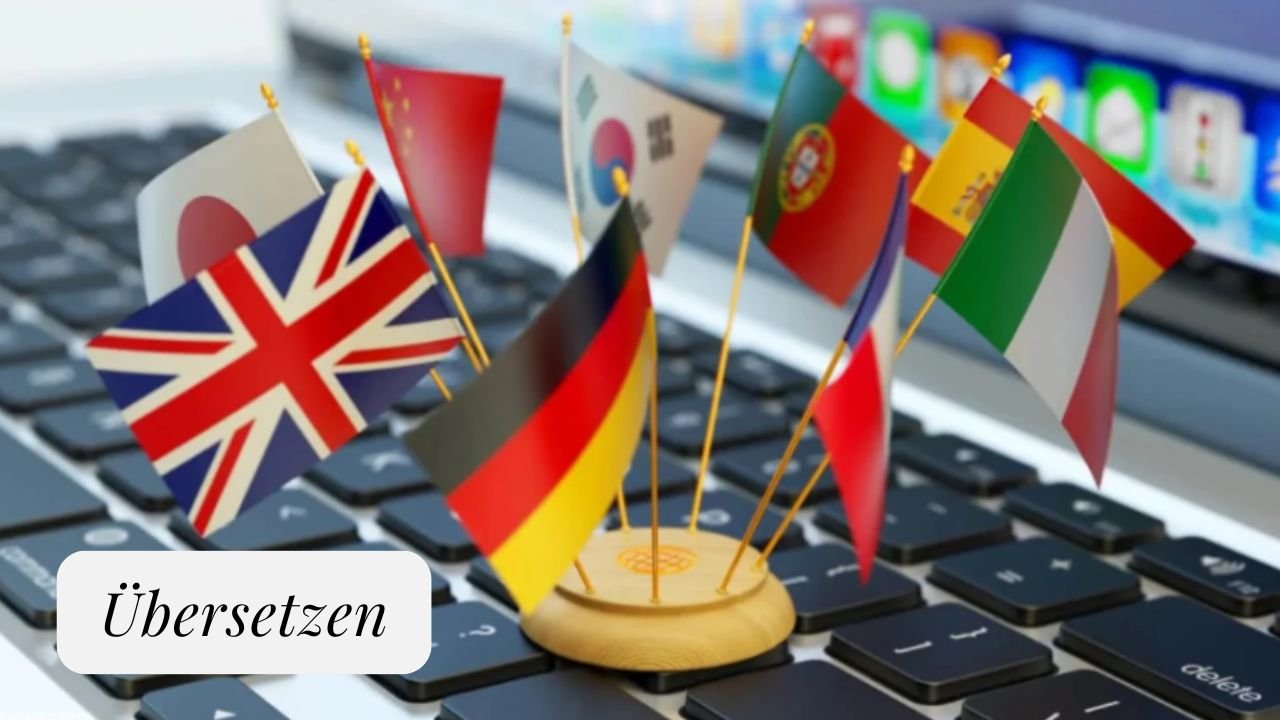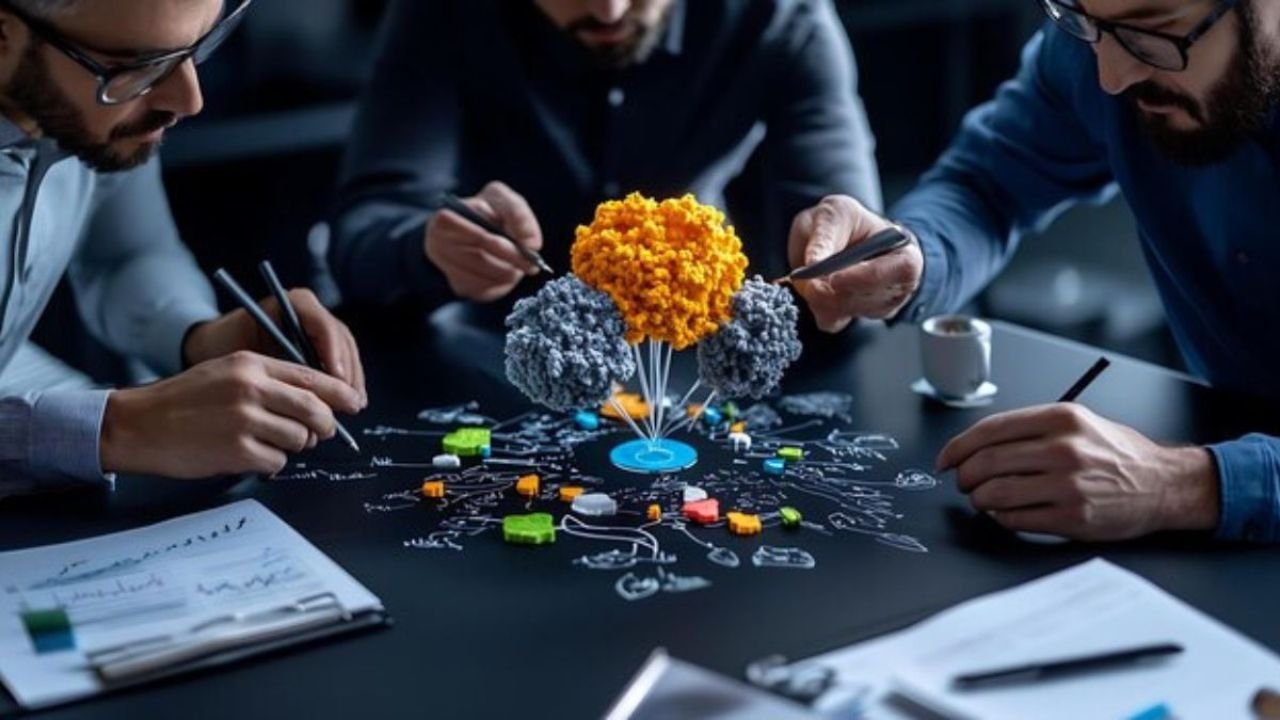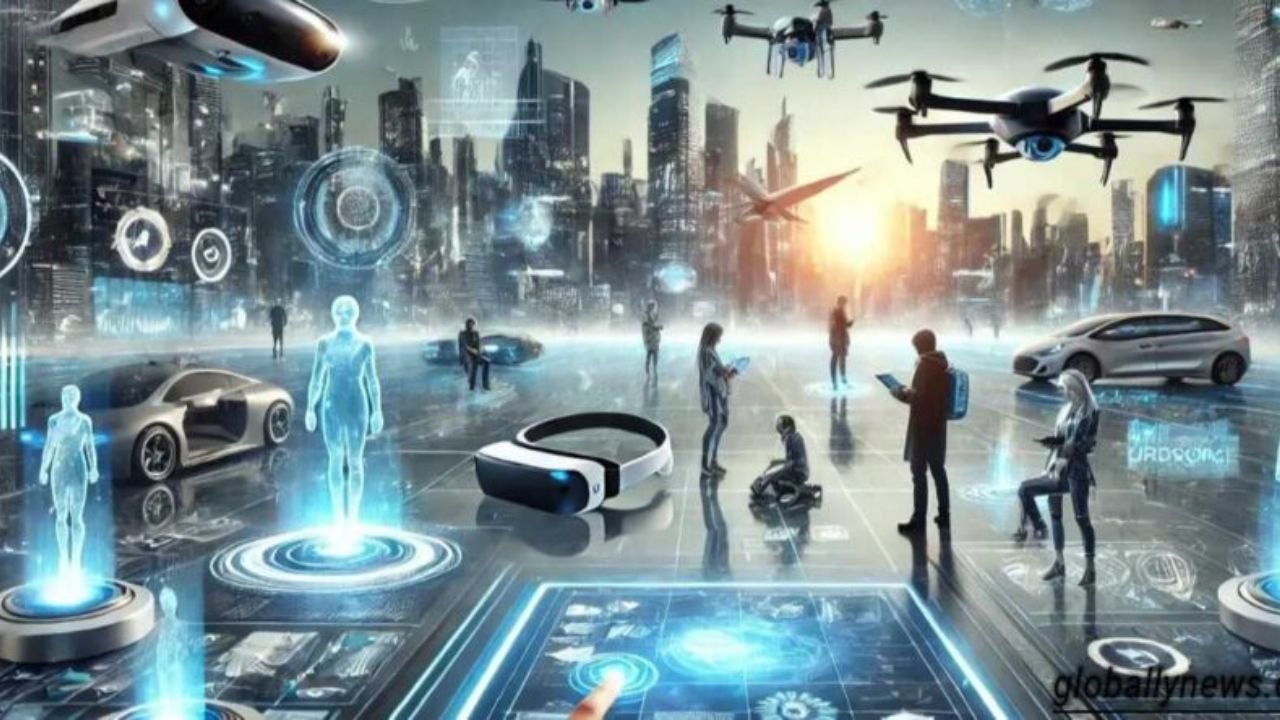In a world that is becoming increasingly interconnected, the ability to effectively translate languages has never been more significant. Whether it’s for business, literature, or everyday communication, the role of translation—referred to in German as “übersetzen”—is vital. This blog will explore the multi-faceted world of translation, offering insights and practical tips for translators, language enthusiasts, and global businesses alike.
The Importance of Übersetzen in a Globalized World
What Does “Übersetzen” Mean?
The term “übersetzen” is the German word for “translation,” indicating the process of converting text or speech from one language into another. However, it’s not just about swapping words; it involves transferring meaning, context, and cultural nuances to make the content understandable and relatable in the target language.
Why is Translation Crucial Today?
In today’s globalized world, translation serves as a bridge that connects different cultures, facilitates international business, and fosters mutual understanding. Without effective translation, global communication would be stunted, businesses would struggle to reach new markets, and we would miss out on a wealth of literary and cultural knowledge.
What Readers Will Learn
This blog aims to equip you with a comprehensive understanding of the various types of translation, techniques, challenges, and best practices. By the end, you’ll have actionable steps to enhance your translation skills or choose the right translation services for your needs.
Types of Translation
Literary Translation
One of the most nuanced and challenging forms of translation, literary translation involves converting books, poems, and other literary works into another language. Translators must capture the essence, style, and emotional impact of the original text, making it accessible and engaging for a new audience.
Technical Translation
Involves translating complex technical documents such as manuals, guides, and engineering specifications. Accuracy is paramount here, as even minor errors can lead to significant misunderstandings or malfunctions.
Legal Translation
This type of translation requires a deep understanding of legal terminology and concepts. Translators working in this field convert legal documents, contracts, and regulations while ensuring they comply with local laws and maintain their original intent.
Medical Translation
Medical translation includes translating medical records, research papers, and pharmaceutical information. Precision is critical since any errors could have dire consequences on patient care or scientific research.
Website and Software Localization
Localization goes beyond mere translation; it involves adapting content to fit the cultural and linguistic context of the target audience. This is particularly important for businesses looking to expand into new markets.
Translation Techniques
Literal Translation
Also known as word-for-word translation, this technique sticks closely to the original text. While it ensures accuracy, it may not always capture the intended meaning or natural flow of the language.
Free Translation
This technique focuses on conveying the meaning rather than the exact words of the original text. It allows for more flexibility, making the translated content sound natural and engaging.
Transcreation
A blend of translation and creation, transcreation adapts content to fit the cultural context of the target audience. It’s commonly used in marketing and advertising to ensure the message resonates well with the local audience.
Machine Translation
With advancements in AI, machine translation tools like Google Translate are now widely used. While they offer quick and cost-effective solutions, they often lack the nuance and accuracy of human translators.
Challenges in Translation
Cultural Differences
One of the most significant challenges in translation is navigating cultural differences. These can affect how certain phrases or idioms are understood and require translators to have a deep understanding of both cultures to ensure accurate and meaningful translation.
Idioms and Expressions
Idiomatic expressions don’t always translate well between languages. Finding equivalent expressions that convey the same meaning is a skill that requires creativity and cultural knowledge.
Maintaining Tone and Style
Ensuring that the translated text retains the original tone and style is crucial. Whether it’s the formal tone of a legal document or the casual style of a blog post, maintaining consistency is key to effective communication.
Tools and Resources for Translators
Translation Software
Several tools can aid translators in their work. SDL Trados and MemoQ are popular choices that offer features like translation memory and terminology management, making the translation process more efficient.
Online Dictionaries and Glossaries
Resources like WordReference and Linguee provide valuable support for translators, offering definitions, synonyms, and example sentences to aid in finding the right words and phrases.
Translation Communities and Forums
Joining communities like ProZ and TranslatorsCafe can be incredibly beneficial. These platforms allow translators to seek advice, share experiences, and stay updated on industry trends.
Best Practices for Effective Translation
Understanding the Source Material
A deep understanding of the original text is essential. This involves not just reading the text but comprehending its context, nuances, and purpose.
Research and Context
Conducting thorough research is crucial for accurate translation. This includes understanding the subject matter, the cultural context, and any technical terms or jargon.
Proofreading and Editing
Ensuring accuracy and fluency in the translated text requires meticulous proofreading and editing. This step helps catch any errors or awkward phrasings that might have been missed during the initial translation.
Continuous Learning
The field of translation is constantly evolving, with new tools, techniques, and trends emerging regularly. Staying updated through continuous learning is essential for maintaining high standards of translation.
Case Studies and Examples
Successful Translation Projects
There are numerous examples of successful translation projects that have managed to capture the essence of the original text while making it accessible to a new audience. One such example is the Harry Potter series, which has been translated into multiple languages while retaining its charm and appeal.
Common Mistakes
Even the best translators can make mistakes. Common errors include mistranslations, misinterpretations, and cultural faux pas. Understanding these mistakes and how to avoid them is crucial for improving translation quality.
You May Also Like: Unveiling Auractive: The Future of Interactive Technology
Conclusion
The art and science of “übersetzen” is a complex but rewarding field. Whether you’re a seasoned translator, a language enthusiast, or a business looking to expand globally, understanding the intricacies of translation can significantly enhance your communication efforts.
Remember, effective translation goes beyond just swapping words; it’s about conveying meaning, emotion, and context. By mastering the various techniques, overcoming challenges, and using the right tools, you can elevate your translation skills or make informed decisions when choosing translation services.
For those looking to further refine their skills, consider joining translation communities, attending workshops, and staying updated with the latest trends and tools in the industry. The world of translation is vast, and continuous learning is key to staying ahead.
FAQs
What is “übersetzen”?
“Übersetzen” is the German word for “translation,” referring to the process of converting text or speech from one language to another.
Why is translation important?
Translation is crucial for facilitating global communication, expanding businesses into new markets, and fostering cultural understanding.
What are the main types of translation?
The main types of translation include literary, technical, legal, medical, and website/software localization.
What are some common challenges in translation?
Challenges in translation include navigating cultural differences, translating idiomatic expressions, and maintaining the original tone and style.
What tools are available for translators?
Popular tools for translators include SDL Trados, MemoQ, WordReference, and Linguee.










